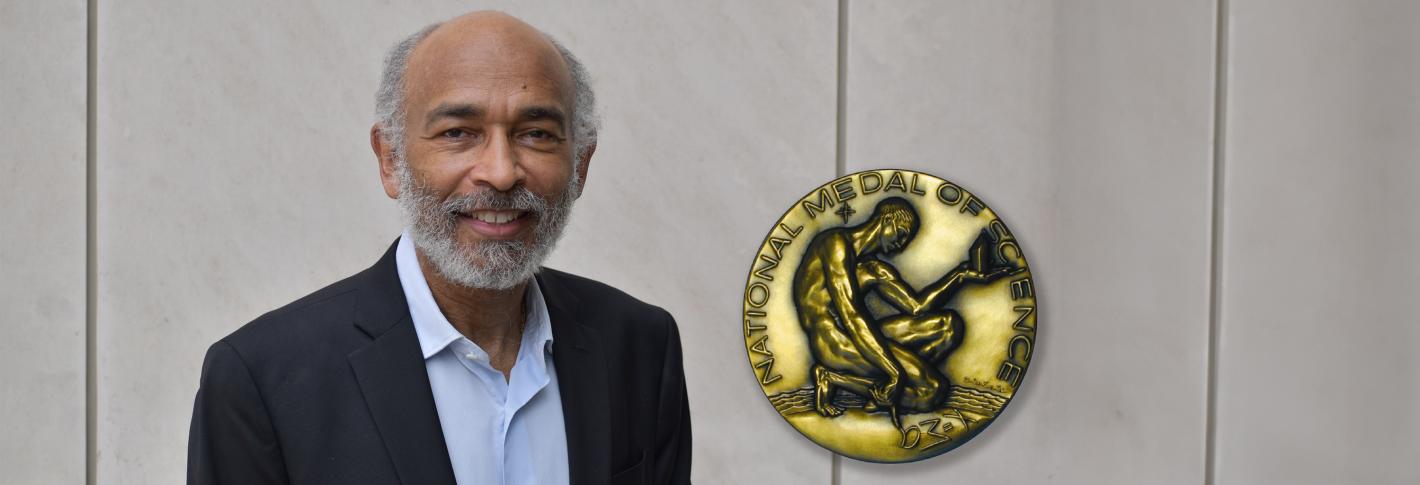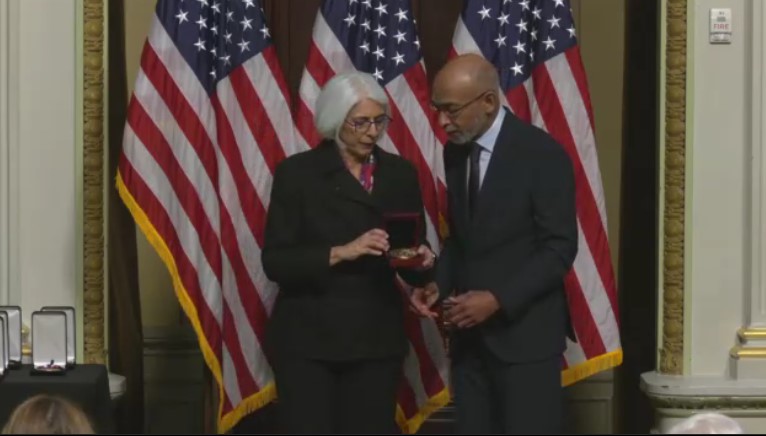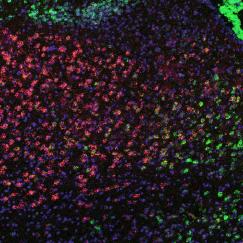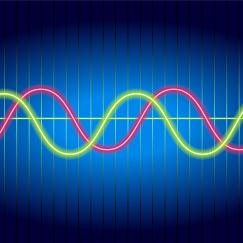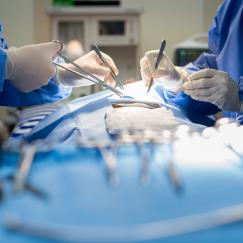Emery N. Brown, Edward Hood Taplin Professor of Medical Engineering and Computational Neuroscience in The Picower Institute for Learning and Memory at MIT, has won the National Medal of Science, the nation’s highest recognition for scientists and engineers, the White House announced today.
“This is an enormous pleasure to be recognized by the President with this high honor,” said Brown, who shares this year’s honor with three MIT colleagues and 23 colleagues around the country in total. Senior White House science officials including Arati Prabhakar, Director of the Office of Science and Technology Policy and Assistant to the President for Science & Technology, bestowed the medals on the winners.
A neuroscientist, a statistician and an anesthesiologist at Massachusetts General Hospital, Brown has for decades led innovations and discoveries in the analysis of large and complex data sets. This includes studying how neurons represent signals and stimuli in their ensemble spiking activity. His advances of statistical methods and signal processing algorithms have, for example, aided studies of learning and memory, brain-computer interfaces, human circadian rhythms, and other questions in systems neuroscience. In addition to being an investigator in The Picower Institute, Brown is also a professor in MIT’s Department of Brain and Cognitive Sciences, a member of the Institute for Medical Engineering and Science, and a Professor of Anesthesia at Harvard Medical School and Massachusetts General Hospital.
Brown's official citation, as read to an audience at the White House during a ceremony Jan. 3, was: "The National Medal of Science has been awarded to Emery Neal Brown for his revolutionary contributions to neuroscience and anesthesiology. Emery Brown's neuroscientific approach to understanding anesthesia's exact impact on the brain has been transformational for relieving patient suffering and has provided a new foundation for how we think about the very thing that makes us human, our consciousness."
Over the last 20 years, Brown has maintained a special focus on applying his signal processing research to studying the neurophysiology of how anesthesia acts in the brain to create altered states of arousal such as sedation and unconsciousness. His goal is to improve anesthesiology patient care, and also, to use his understanding of how anesthesia works to gain a deeper understanding of brain function and to improve brain health.
Brown’s studies have led to numerous discoveries about how different anesthetic drugs, acting on their specific molecular targets, affect neural networks to produce signature patterns of oscillations, or brain waves, that can be readily monitored during surgery as a readout of the patient’s state of unconsciousness. He has shown how the readings characteristically vary with the patient’s age and medical condition.
The discoveries have direct implications for improving patient care. As Brown himself does in the operating room, anesthesiologists who monitor EEG readings during surgery can obtain a more direct and precise measurement of a patient’s state of arousal and adjust anesthetic dosing accordingly. This practice can reduce the amount of drugs that are administered, thereby reducing post-operative side effects, while maintaining exactly the desired level of unconsciousness and control of nociception (the body's subconscious processing of pain).
In a study in 2023, Brown’s lab demonstrated a closed-loop system that uses EEG signals to precisely adjust anesthetic dose to maintain target consciousness levels in animals. The lab is continuing to work on a system that can be used clinically.
At MIT and MGH Brown also recently founded the Brain Arousal State Control Innovation Center, a research program to unify studies of anesthesiology with studies in other areas of clinical neuroscience such as psychiatry, neurology and sleep medicine. Investigations underway via the effort include studies of how anesthesia can be used to treat depression, whether certain anesthetics can be modified to produce more physiologically sound sleep aids, and whether approaches used to accelerate emergence from anesthesia can be adapted to facilitate coma recovery..
In addition to the National Medal of Science, Brown has also been honored with the Gruber Prize in Neuroscience, the Society for Neuroscience’s Swartz Prize in Theoretical and Computational Neuroscience, and the Pierre Galletti Prize of the American Institute for Medical and Biological Engineering. Brown is also an elected member of the National Academies of Science, Engineering and Medicine.


